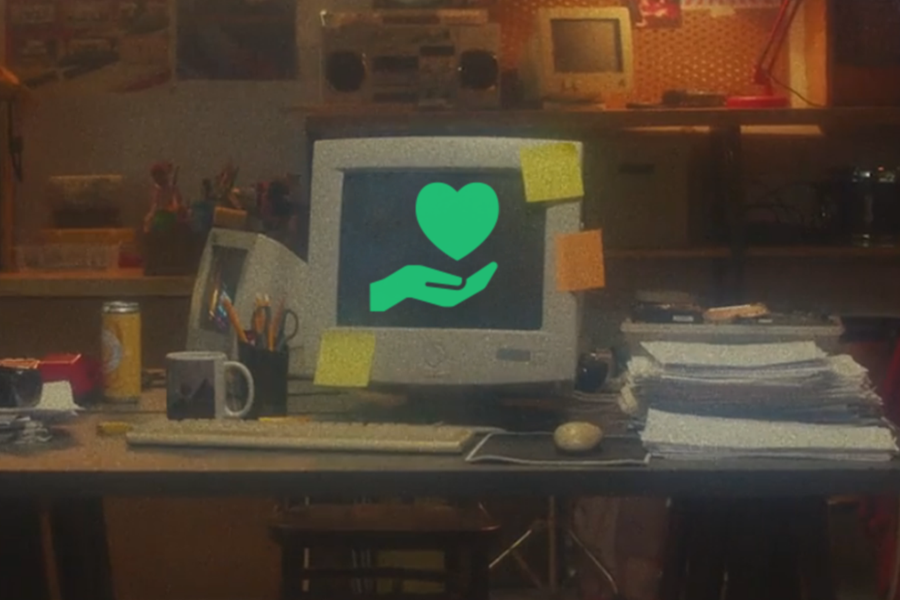

And the good news is that the registration rate for girls has also improved. Their gross enrolment ratio in primary education grew to 100.7% in decade’s time, by 2015-16.[1]
Image credit: globalcitizen.org
Public Schools
70% of the country’s schools are government-run. They mainly cater to children from lower income groups in rural areas, and employ a majority of India’s teachers.[2]
How Are Public Schools Administered?
Education is a state responsibility in India so its quality can greatly vary across the country. In each state, public schools are clustered, and governed in a tiered way. This implies that the top ministry officials may be far removed from the ground reality in their constituency.

Read more on policymakers and frontline administrators in the last section.
Main Challenges of the Public Schooling System
The learning outcomes of the public system are suboptimal because India’s expansion efforts were not holistic. By 2014 the government had enrolled 120 million children in schools but it did not proportionately invest in early childhood care and education (ECCE). This means that most students start with a weak base. According to a study for UNICEF more than 50% of the country’s first graders do not have the basic skill sets upon which other learning relies – and their predicament is worsened by a deep crisis on the supply side.[3]
India’s National Education Policy 2020 called this India’s ‘learning crisis.’ In a first of its kind policy move, it stated that universal foundational literacy and numeracy in primary schools will be ‘the highest priority of the education system’ moving forward. [3]
Most teachers are absent, overburdened, or ill-equipped in public schools. They get less than 20% of their annual time to teach.[4] On most days, they are conscripted for a wide range of activities that are beyond academics from verifying ration cards to conducting cattle census. This begs the question: are they government employees first or teachers?
They are also assigned combined classes due to staff shortages, where students from multiple grades must be taught together. This adversely impacts education, as teachers can’t give personalised attention to those who need it, further intensifying the learning gaps that already hold children back.
In the last decade or so, technology has stepped in to address these challenges in various ways.
As of 2022, 10-15% of schools in several Indian states were single-teacher institutions. The pupil-teacher ratio (PTR) at senior secondary schools is 47:1.
No Teacher, No Class: State of the education report for India 2021, UNESCO Delhi
Read full report here

 Executive Summary
Executive Summary
 Public Education in India
Public Education in India
 Edtech in India
Edtech in India
 Data Governance in Education - Opportunities
Data Governance in Education - Opportunities
 Appendix
Appendix
 Toolkit
Toolkit
